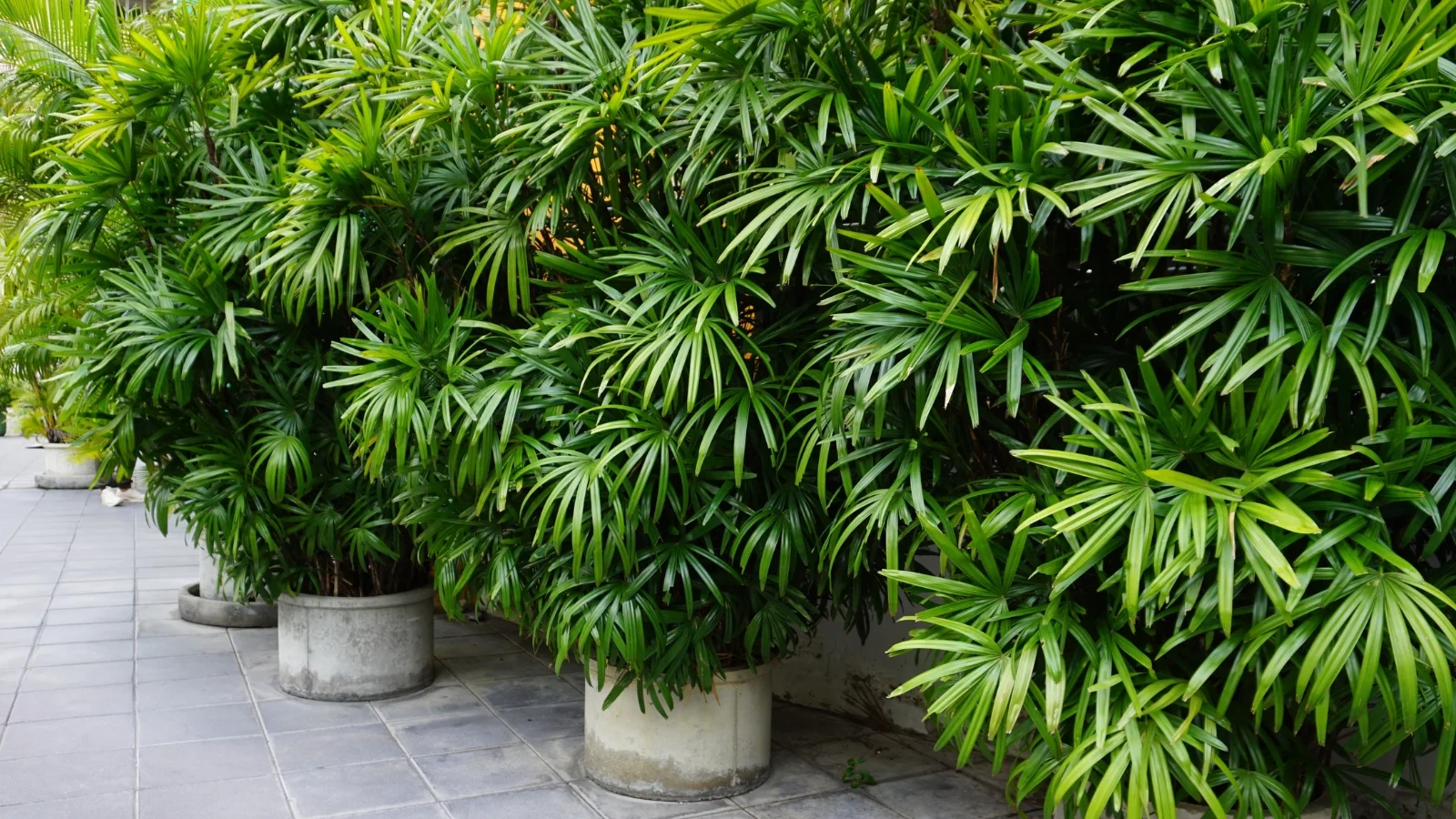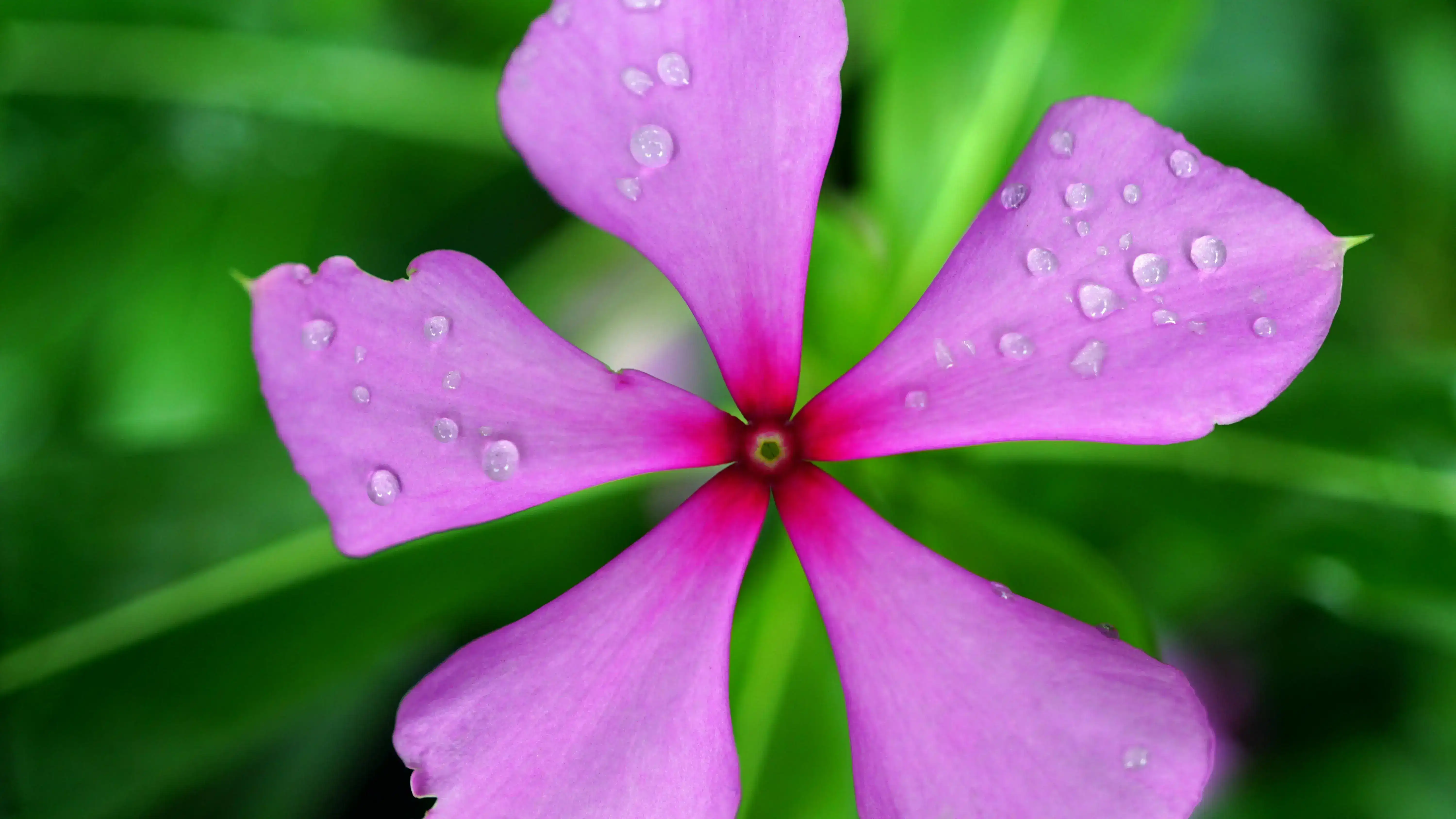
Soil Health & Fertilization
We unite suppliers and green industry professionals worldwide
The African Spear Plant (Sansevieria cylindrica), also known as cylindrical snake plant or spear sansevieria, is a hardy, architectural succulent native to Angola.
By Mariam Scott
|Published on June 08, 2025


“Did you know that the African Spear Plant can survive weeks without water and grow in rooms that have hardly any sunlight?”
The African Spear Plant (Sansevieria cylindrica), also known as cylindrical snake plant or spear sansevieria, is a hardy, architectural succulent native to Angola. Its sleek, spear-like leaves grow upright or in fan shapes, providing a modern, sculptural presence in modern interiors. Although it may look exotic, this plant ranks among one of the easiest houseplants to take care of, making it ideal for forgetful waterers or those in low-light spaces.
Closely related to the popular snake plant (Sansevieria trifasciata), these bear of the same benefits: the ability to withstand drought, air-purifying qualities and near-impossible-to-kill toughness. Whether grown in a pot or woven into living decor, the African Spear Plant is a minimalist’s dream.
| Botanical Name | Sansevieria cylindrica |
| Common Name | African Spear Plant, Cylindrical Snake Plant |
| Type | Evergreen succulent |
| Height | 1.5–4 feet |
| Light needs | Low to bright indirect light |
| Soil needs | Sandy, well-draining soil |
| Water needs | Very low |
| Hardiness Zones | 10–12 (USDA) |
| Time to Bloom | Rare, may bloom indoors in mature plants |

September 25, 2025
9 minute read
September 24, 2025
9 minute read
September 23, 2025
10 minute read
September 22, 2025
9 minute read


Join as a seller and connect with thousands of B2B buyers nationwide!
Sign Up

Lady Ferns
A Thin and Elegant Greenery That Flourishes in Shade

Lady Palm
A Low-Maintenance, Graceful Palm for Indoors and Gardens

Lady Slipper Orchid
An Exquisite Orchid with Unique, Slipper-Shaped Blooms

Madagascar Periwinkle
The Madagascar Palm (Pachypodium lamerei) is a plant that has many gardeners wondering just that. Despite its name, it’s not a real palm, it’s a succulent, but it absolutely earns its place as a dramatic showpiece. This plant is a garden staple in warmer
The African Spear Plant is famously low-maintenance. It tolerates neglect, thrives in various light conditions, and barely flinches at missed waterings. It likes indirect light indoors, but will tolerate dim rooms. Outdoors, it should be shaded from harsh direct sun to avoid sunburn.
To keep it happy, plant in a well-draining mix and don’t overwater. With a slow-growing, bushy form, it’s an excellent desk, shelf or floor plant, and it's pet-safe only if kept out of reach—its leaves can be mildly toxic if ingested.
African Spear Plant is easy to grow in different lighting conditions. It wants bright, indirect light but will grow (slowly) in low-light corners too. Avoid prolonged direct sun outdoors, which can scorch the leaves. If there is too little light for a very long time, you may notice the plant losing its upright form or becoming dull in color. Rotating the plant every few weeks helps it grow evenly.
When choosing a soil, select a sandy soil that drains well or a commercial cactus/succulent mix. It’s important to provide good drainage, since the roots will rot in too-wet soil. You can mix perlite or coarse sand into your soil for additional aeration. Try to avoid mixes with too much peat, which retains too much moisture over time.
African Spear Plant is a very drought-resistant plant. Allow the soil to dry out fully between waterings. In summer, watering every 2–3 weeks is usually sufficient. In winter, watering even once a month is enough. Always check the soil before watering, and empty any saucers to prevent root rot. If the leaves are soft or wrinkled, it can signal underwatering—but it’s far more forgiving of neglect than excess.
Although it is rarely necessary to prune African Spear Plant, it can help to retain its shape:
African Spear Plant is easy to propagate with a little patience:
This plant is a container lover.
Pick a pot with good drainage that will be quite heavy when it’s mature.
Clay pots are great to minimize the accumulation of too much water.
Place in a bright, indoor spot away from drafts or vents.
Repotting is necessary every few years, when roots start to push out of the container or growth slows significantly.
In USDA zones 10–12, African Spear Plant can grow outdoors year-round.Elsewhere, bring it inside before temperatures fall below 50°F (10°C). Indoors, reduce watering and avoid feeding during winter. Place it in an area with plenty of natural light. The plant may slow its growth but should remain green and firm throughout the season.
Though rare, mature African Spear Plants can produce small, white or pale pink tubular flowers on tall spikes. Flowers commonly bloom in spring or early summer and are often fragrant. Flowering generally occurs when the plant is a bit root-bound and thriving in its spot, but most owners never see a bloom—and that’s perfectly normal. The star of the show is the foliage.
African Spear Plant care is not demanding, but there are some problems that can occur:
The African Spear Plant is a reminder that even durability can be fashionable. The plants’ bold, upright shape and sharp green spears bring modern style to any room — in exchange for almost nothing.
Whether you’re new to houseplants or looking for a splash of color, this succulent is a great choice. It cleans the air, can take nearly any amount of light and thrives on a bit of neglect. For those who want a plant that’s beautiful and tough, look no further than the African Spear Plant.
Yes. The plant has saponins which may cause mild stomach upset if ingested. Keep out of the reach of pets and children.
Yes! Just be sure it gets at least some indirect light. It’s one of the best plants for low-light spots.
Commonly caused by insufficient light or water. Try adjusting care habits gradually.
Not much. A diluted succulent fertilizer once or twice during spring/summer is enough.

Soil Health & Fertilization
Victor Miller

Pest Identification & Prevention
Victor Miller

Lawn Care Tips & Maintenance
Victor Miller

Soil Health & Fertilization
Victor Miller

Smart Irrigation Systems
Victor Miller

Patios, Walkways & Driveways
Victor Miller

Soil Health & Fertilization
Victor Miller

Pest Identification & Prevention
Victor Miller
My Account
Our team is always here to help.
We are open Monday - Friday, 9:00 AM to 4:30 PM PST.